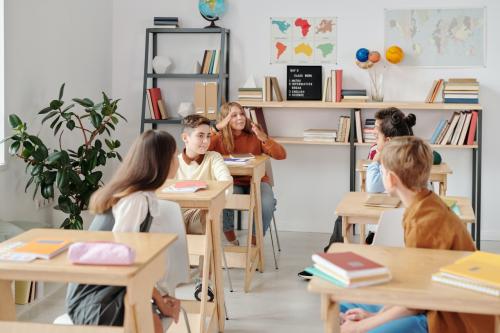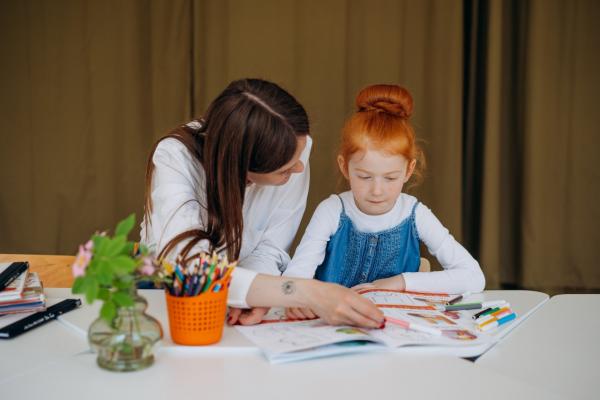Using Picture Prompts For Writing - KS1 Literacy Tool
"Every child is born blessed with a vivid imagination" - Walt Disney.
Children have, naturally within them, everything which makes a learner. As teachers, we have the joy of unlocking and nurturing this potential.
Blessed with being effortlessly curious, excitable, motivated, spontaneous, experimental and uncomplicated, children have all the tools required to be enviably creative.
We are tasked with providing the opportunity for each child to use these unique skills, purposefully and from their own individual starting point. Providing a safe environment where innate gifts can grow, develop and mature is key to enabling each child to thrive.
Why should we use picture prompts in KS1 literacy?
Visual stimuli helps children to understand their world.
By consolidating and building on a wide range of ever-developing skills and knowledge, pictures can…
- Invoke memories
- Develop vocabulary
- Conjure new and exciting ideas
- Sequence and organise ideas
- Aid recall
- Develop imagination
- Help us ‘think outside the box’.
How should we use picture prompts?
Talking
Ask children to look at a picture, or a selection of simple pictures, and tell you something about what they see.
By making the task open to interpretation, any fear of providing a ‘wrong’ answer is alleviated. The children will feel that this is a safe space for their creativity and imagination to be unleashed, without consequence.
Encourage the children with questions such as:
- Can you find a picture of something you like?
- What do you notice?
- What could it be?
- What else could it be?
This process will soon get children talking, thinking and explaining.

For those children that are reluctant to talk, we can model the process of making observations, experimenting with vocabulary and expressing imaginative ideas. Soon, they will build the confidence to join their friends and try for themselves.
Sequencing
Ask children to choose two or three pictures which they like, or find interesting.
You can then model connecting these pictures together, with a simple but interesting sentence.
For example:
‘Once upon a time a large dinosaur wandered into a dark wood where he found a magic potion.’
Celebrate the children’s creative ideas which they thought of, but you said out loud.
Children can then choose two or three more pictures they like and experiment with connecting them together.
They’ll soon be talking about the pictures and forming ideas, connections and using a range of vocabulary. They can practice connecting and extending ideas at their own pace.
Sensitive questioning can extend thinking and, even from the earliest stages of language development, promote high expectations of vocabulary and creative content.
For example:
- What might happen next?
- Where could they go?
- How do they move?
- How do they feel?
- How can you describe it?
Children can build on this by connecting more and more pictures.
Soon, they’ll be successfully forming whole stories, poems and recounts which allow them to immerse themselves in their imagination and express the wonderful worlds they hold in their heads.
Picture prompts create early confidence with literacy and help to build the enthusiastic writers of tomorrow.

Positive experiences like these will stay with children forever, building a formative understanding of what being a writer is all about.
Through empathetic, fun and liberating creative tasks, we teach even the youngest children to own language, without restrictions. After all, the world is their oyster, and they are more than capable of harnessing these skills – we just need to plant the seed.
Listen to the mustn’ts, child
Listen to the don’ts
Listen to the shouldn’ts, the
Impossibles, the wont’s.
Listen to the never haves, then
listen close to me…
Anything can happen, child,
Anything can be.
-Shel Silverstein
Mighty writer can make a significant difference to childrens understanding of sentence structure, grammar and punctuation.
Founder Emma Ralph discusses how Mighty Writer can transform literacy in your classroom - Overnight. 30sec.


